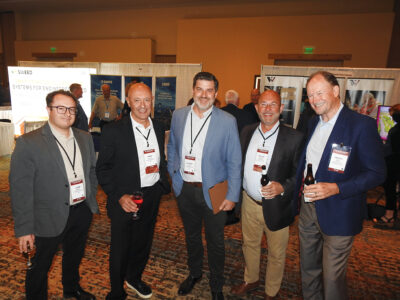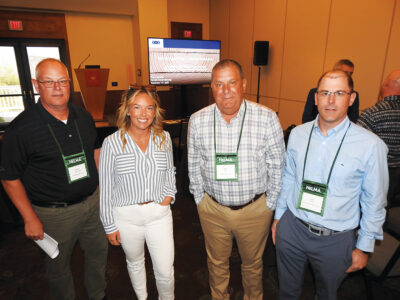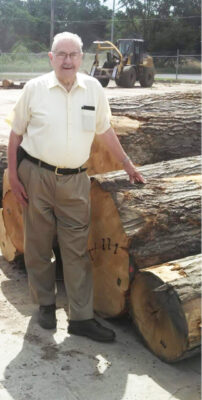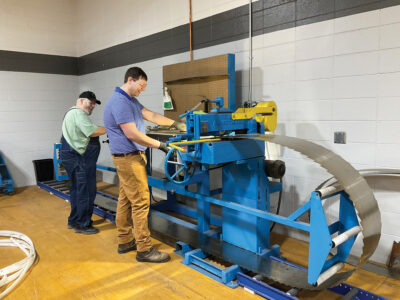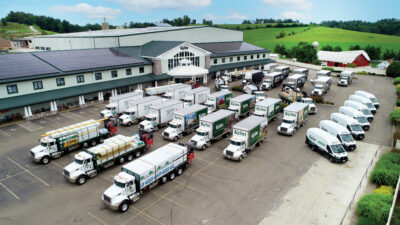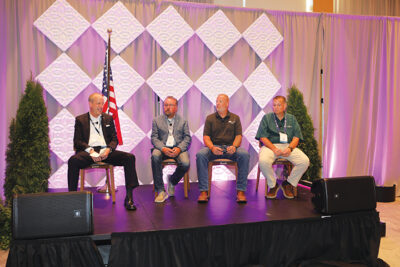
President & CEO of the American Wood Council
After more than 30 years, the saga of American Wood Council’s (AWC) fight for proper interpretation of our industry’s boiler emissions has ended with a resounding court win.
At issue was the Environmental Protection Agency’s (EPA) determination that boilers built between 2010 and 2020 must comply with stringent regulations imposed in a 2022 rule – in some cases over 10 years after the fact. If upheld, this would have cost wood product manufacturers hundreds of millions of dollars in additional control costs and expensive retrofits.
In September, the D.C. Circuit Court issued its decision on United States Sugar Corporation versus Environmental Protection Agency. Part of the case concerned upholding the EPA’s 2022 modest tightening of the Boiler Maximum Achievable Control Technology (MACT) limits relying on the existing emissions database. AWC, American Forest and Paper Association (AF&PA) and other industry organizations intervened in support of EPA’s approach, which avoids potential ratcheting of limits that would be expensive to meet.
Additionally, the court ruled that EPA misinterpreted the Clean Air Act’s definition of a “new source” when they attempted to retroactively apply limits designed for newly installed boilers to boilers built as far back as 2010. The court agreed with AWC that a source is defined as “new” based on the original proposed Boiler MACT date of 2010.
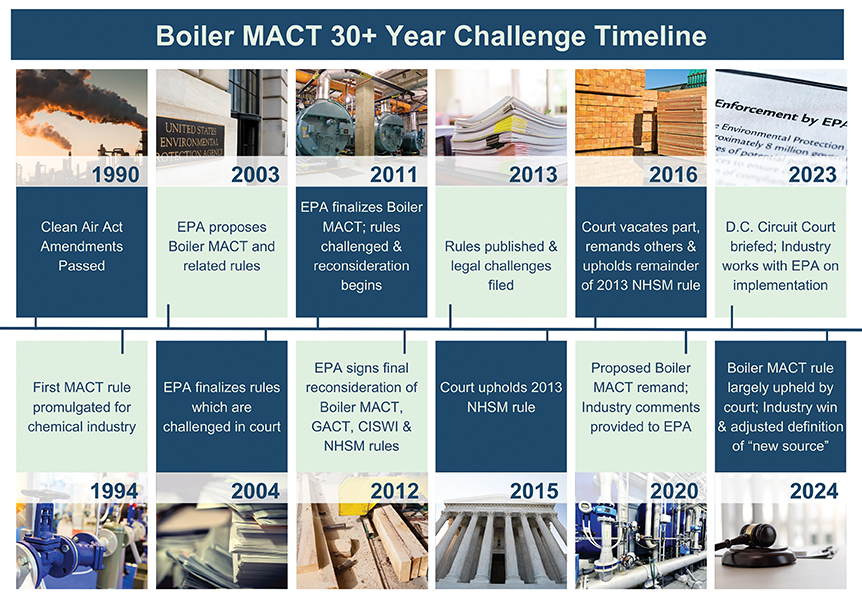
This decision means that boilers built between 2010 and 2020 will avoid expensive retrofits. Both of these decisions set important precedents for the industry and for other MACTs, including EPA’s still yet-to-be-completed revision of the Plywood and Composite Wood Panel MACT.
In reaching its decision on the appropriate definition of “new source,” the court applied the recent Supreme Court decision in Loper Bright Enterprises v Raimondo to uphold AWC’s position as the “best reading” of the statute given the ambiguity in its meaning.
This decision is a decisive win for the industry and, given the 3-0 decision, it is unlikely the EPA will appeal. This helps prevent undue financial burdens on mills as they seek to comply with the Clean Air Act and clarifies the acceptable levels and requirements for individual boilers. The wood products industry has already demonstrated its commitment to clean and renewable energy through its adoption of fueling methods like biomass, as well as proactively working to limit harmful emissions.

